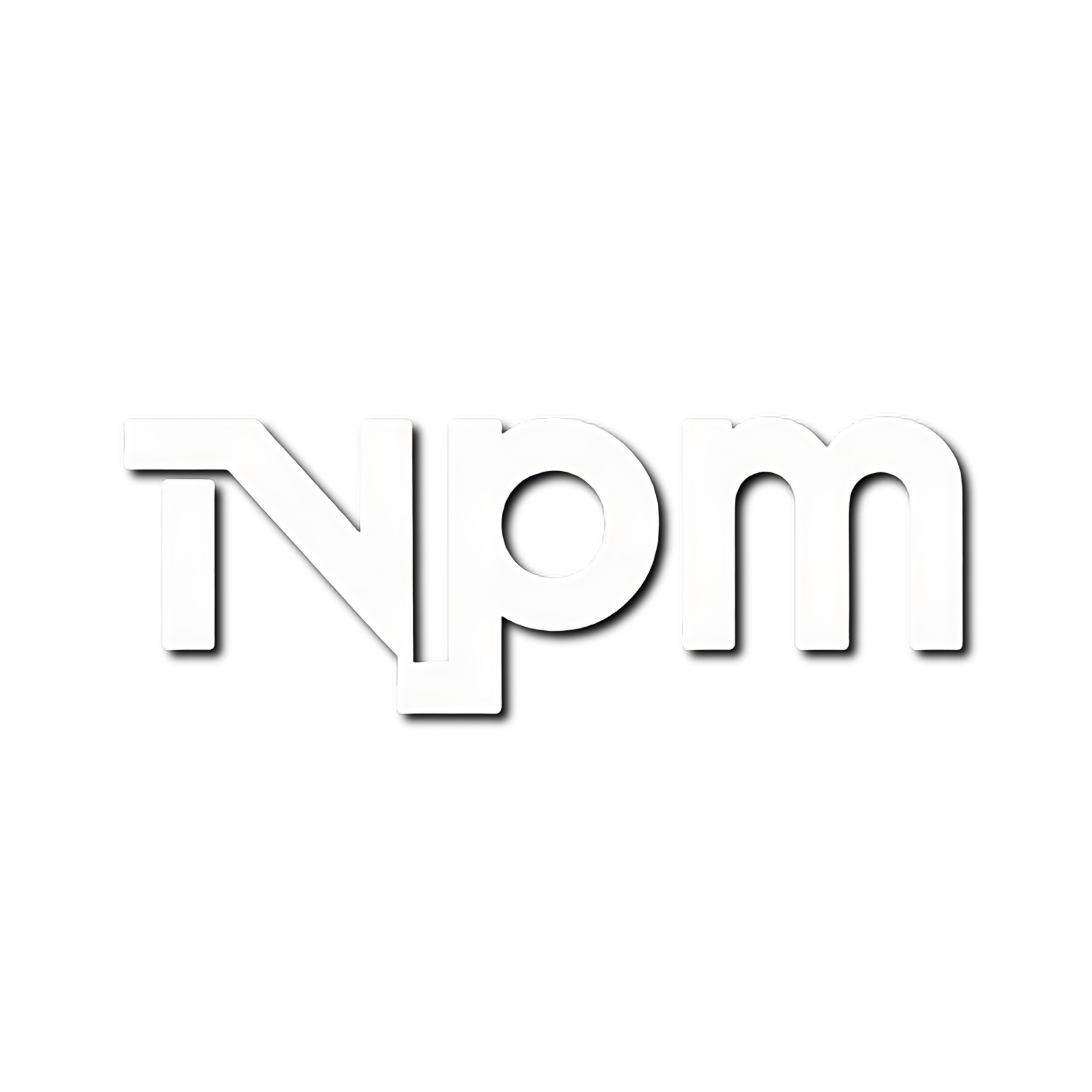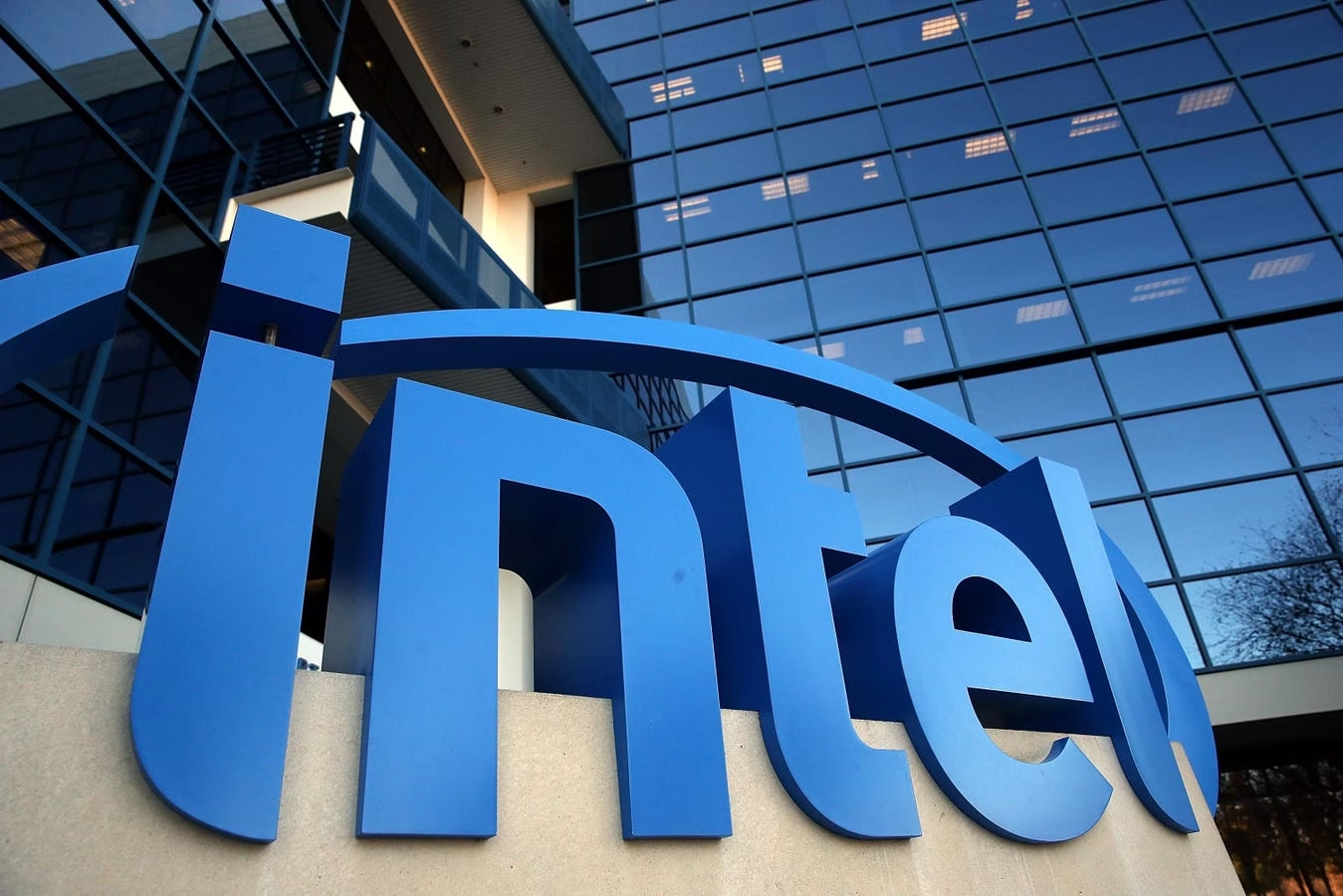SANTA CLARA, CA – JANUARY 16: The Intel logo is displayed outside of the Intel headquarters on … More
Most investors have abandoned Intel, dismissing it as a legacy giant that is too slow to adapt and too proud to pivot. I see something different.
After dissecting where the company went wrong, overcommitting to 18A fabrication, missing the initial AI inflection, and lacking a coherent narrative for investors, what we’re now seeing isn’t just a strategic reset. It’s a signal of something far rarer in corporate America: humility, operational discipline, and the early signs of a value unlock. While the crowd is focused on Nvidia’s dominance and AMD’s speed, Intel is quietly setting up for a comeback. Most people won’t notice Intel’s comeback until it’s too late.
The Lesson Intel Finally Learned
In my 2024 article, “Why Intel Needs a Visionary CEO to Outpace NVIDIA & AMD,” I argued that Intel’s leadership was playing a defensive role, while its competitors, especially NVIDIA, were shaping the future. Legacy management lacked the urgency and boldness to steer Intel through the AI paradigm shift.
Fast-forward. Under the new leadership of Lip-Bu Tan, we’re witnessing something long overdue: restraint.
Intel has shelved the broader external rollout of its ambitious 18A chip node, once pitched as a moonshot and instead doubled down on 14A. That’s not capitulation. It’s focus. The pivot avoids repeating capital-intensive mistakes and signals a new chapter driven by execution, not ego.
What triggered the shift? A familiar cocktail of underperformance, spiraling costs, and internal fragmentation triggered the shift. But what matters more is what this course correction represents: a shift from storytelling to delivery, from bravado to behavior. And that, for investors, is where the opportunity often begins.
Signals Suggesting Intel Won’t Repeat Its Failures
Ignore the headlines; watch the behavior. This is where the true turning points initially manifest. Intel’s recent actions are less about optics and more about structural change. Here’s what’s signaling this time is different:
- Capital Discipline: Intel is finally taking the medicine, writing off sunk costs tied to 18A, and trimming bloated divisions like automotive and foundry. This isn’t cosmetic cost-cutting. This hard reset is the type that legacy companies typically avoid until they are compelled to make a change. Intel is choosing it now, which is telling.
- Governance Realignment: The days of rewarding growth at any cost are ending. New performance metrics, ROIC, total shareholder return, and margin targets are replacing fluffy “vision” bonuses. This is the shift real investors look for: accountability over aspiration.
- Customer Segmentation: Intel’s starting to clearly separate which chip processes serve which client groups. That’s not random housekeeping; it’s what companies do before they spin, separate, or unlock value. This situation sets the stage for either a future breakup or increased business clarity.
Hidden Asset: Foundry Business With Breakup Potential
Back in June 2025, in my piece, “Intel Breakup? The Hidden Asset That Could Spark A Strategic Bid”, I highlighted what most investors were missing: Intel’s foundry business is not merely another division; it is a high-margin, underappreciated asset that has the potential to be both profitable and disruptive if it is structurally unlocked.
At the time, this call may have sounded early. However, recent developments indicate that the time is rapidly approaching. As Intel cuts through its bloated capex profile and begins simplifying its sprawling portfolio, the foundry division is starting to emerge from the noise. It’s leaner, more focused, and increasingly viable as a standalone entity.
This situation isn’t just about spinning off a business for optics. The foundry arm represents a strategic prize for potential buyers, especially in an era when advanced manufacturing capacity is considered geopolitical gold. If management continues to make the right moves, this hidden asset could become the catalyst that drives shareholder returns and strategic interest alike.
Lip-Bu Tan, chief executive officer of Intel Corp., during a news conference on the sidelines of the … More
Why Now Is The Time To Revisit Intel As A Contrarian Bet
Today, people perceive Intel as a tired, old CPU manufacturer—slow, misaligned, and structurally outdated. But that perception is increasingly disconnected from what’s unfolding. The company is behaving like a special situation in its early innings. And that’s where opportunity lives for the contrarian investor.
The valuation hasn’t caught up to the strategic shift. Markets are still pricing in the past, not the pivot. If the foundry business continues to stabilize and insiders begin buying around operational wins, you may be looking at a classic mispriced setup. This mispriced setup could include optionality, catalysts, and a significant margin of safety.
This is how these stories typically start. Typically, these stories initiate not with dazzling announcements or grandstanding, but rather with behavioral turning points. Intel’s decision to pull back on 18A and reorient its capital allocation is precisely that. Intel is no longer chasing the future; it’s starting to shape it.
Now is not the time to dismiss Intel. We should examine it with a fresh perspective, a long-term perspective, and a contrarian viewpoint.
What Smart Investors Should Do
If Intel is indeed transitioning from muddled execution to strategic clarity, then now is the time for sharp investors to prepare—not react. The opportunity isn’t just in the fundamentals, but in the signals that often precede a rerating. Here’s where to focus:
Start by monitoring proxy filings. Changes in executive compensation structures, insider buying activity, and board composition often reveal more than press releases. If incentives begin shifting toward return on capital, margin performance, and disciplined growth—rather than top-line narrative—you’ll know Intel’s cultural reset is taking hold.
Next, watch for strategic disclosures. Any forward guidance tied specifically to 14A rollout timelines—or clearer financial delineation of the foundry business—could mark the beginning of operational bifurcation. That’s how spin-offs and breakups start: not with noise, but with accounting and segmentation.
Lastly, stay alert to activist or partner interest. Private equity firms and strategic buyers don’t announce intent. They signal quietly—often through minority stakes, board influence, or leaked term sheets. If Intel’s foundry story continues to take shape, don’t be surprised to see your “breakup” thesis picked up by outsiders with capital and conviction.
Smart investors won’t wait for the headline. They’ll watch the behavior and act before the market catches on.
Not A Rebound Story, But A Behavior Thesis
At The Edge, we don’t invest in headlines. We invest in behavior.
I’ve written extensively about how effective investing isn’t about chasing momentum or riding buzzwords, it’s about decoding incentives, governance, and capital allocation behavior. Nowhere is that more relevant than with Intel. AI mentions haven’t saved the stock. But behavioral change might.
In my recent piece, “Intel Just Blinked—and It Could Mean a Breakup Is Coming,” I framed Intel’s quiet pivot as more than a tactical retreat. It was a signal of structural rethinking driven not by hype, but by hard lessons and shareholder pressure.
What’s happening now aligns directly with the framework I teach:
- Capital discipline over blind growth
- Incentive realignment over storytelling
- Setup identification before market recognition
This isn’t a rebound story. Seasoned investors would be well-advised to study this case study of behavioral inflection before the market catches up.
Catalysts Start Quiet, Returns Come Later
Intel won’t be a headline-driven comeback. It won’t grab you with explosive quarterly beats or meme-stock hype. But that’s precisely why it deserves your attention.
The reset is already underway.
If you’re looking for a real opportunity, skip the noise. Focus on the setup:
- Subtle shifts in executive behavior
- Quiet proxy signals buried in filings
- Incremental but telling narrative changes
- And, above all, the undervalued assets that emerge when markets recalibrate their lens
The easy money will have already shifted by the time the public notices Intel’s upcoming chapter. For investors paying attention now, before it’s obvious, the upside won’t just be possible. It’ll feel inevitable in hindsight.
The Author owns Intel shares.



Leave a Reply